Iran is a vast and historical land in West Asia. This country was one of the first centers of Neanderthal human life, and also the history of Iran is as old as the history of civilization. According to evidence found by archaeologists, human life on this land dates back about 100,000 years ago. The history of Iran is a long and complex story that includes the history of empires, the formation of cities, wars, etc. When the glorious era of Iran’s history ended and foreign invaders attacked it, this country experienced many ups and downs. The history of Iran shows us how a nation has passed through the most glorious periods of human history and how it endured its days of collapse. The history of Iran is a mysterious story of a nation that has tried to preserve its identity by emphasizing its cultural richness. In this article, to familiarize and increase your knowledge of the history and civilization of Iran, Sito Travel agency has prepared a summary of the rich history of Iran in simple language and chronological order, so stay with us until the end of this text.
History of Iran from the beginning until now
Some people consider the beginning of Iran’s history as the arrival of the Aryans on the Iranian Plateau. However, before the arrival of the Aryans on the Iranian Plateau, very ancient civilizations were formed and destroyed in this place, and some were still flourishing. Historians basically divide the history of Iran into two general parts: the history of Iran before Islam and the history of Iran after Islam, which are also divided into smaller parts.
History of Iran before Islam
This period of Iran’s history is divided into two main parts. The first period is before the Aryan immigrants entered the Iranian plateau and the period following their arrival on Iranian territory. It should be noted that the name Iran is derived from the name Aryan and means the land of Aryans.
1- The history of Iran before the arrival of the Aryans
Before the Aryans, various tribes lived in different parts of the Iranian plateau. In the history of Iran, before the Aryans, the civilizations of Shahr-e Soukhte (Burnt City in Sistan), the civilization of Elam (in the north of Khuzestan), the civilization of Jiroft (in Kerman), the civilization of the inhabitants of Sialk Hill (in Kashan), the civilization of Urartu (in Azerbaijan), the Hill of Gyan (in Nahavand) and Kasi civilization (in Kermanshah and Lorestan) and Tapours in Tabaristan (Mazandaran) were in Iran. In fact, this period of Iranian history starts with the Bronze Age. The beginning of the Bronze Age coincided with huge changes in the structure of Iranian societies. During this period, the population of the Iranian plateau increased greatly. In the middle of the Bronze Age, the Iranian plateau was the scene of widespread but short-lived urbanization. Urban centers such as Shahr-e Sokhte, Tape Hesar, Tape Yahya, Shahdad, and Jiroft were part of the commercial network that connected Central Asia to the southern shores of the Persian Gulf and the Sea of Oman, Elam, and Mesopotamia. The most significant trade goods in this network were copper (from the center and southeast of Iran and Oman) and Lapis lazuli (from Badakhshan in Afghanistan and Quetta in Pakistan), most of which were exported to the western lands (especially Mesopotamia) and used in the decoration of administrative and ritual buildings of upper class. In this period of Iran’s history, the areas surrounding the plains of the Iranian plateau from the middle of the 4th millennium BC to the beginning of the 3rd millennium BC underwent the emergence of urban centers, which was the result of the expansion of trade, especially in the field of metal. This process is often considered a branch of the emergence of civilization during the Mesopotamia Uruk period. During the Bronze Age, the population of the Iranian plateau increased significantly.
– Local governments in the history of Iran (before the arrival of the Aryans)
The emergence of Susa as an ancient city, determined by radiocarbon dating, dates back as early as 4395 BC. In this period of Iranian history, there are many prehistoric sites throughout the Iranian plateau. These sites testify to ancient cultures and urban settlements in the fourth millennium BC. During the Bronze Age, the territory of present-day Iran was a place for the growth of various civilizations, including Ilam, Jiroft, and Zayandehrud. Elam, the most prominent of these civilizations, developed in the southwest of the country next to the Mesopotamia. It continued to exist until the emergence of the Iranian empire. The origin of writing in Elam was parallel to Sumer, and the Elamite cuneiform script was developed in the third millennium BC. From about 3,350 to 2,500 years before the Common Era, Northwestern Iran was part of the Kura-Araxes civilization.
Local governments include Lului, Urartu, Hori, Kuti, Parian, Kasi, Mannai, and the Scythians. In addition, civilizations such as Jiroft, Tape Gyan, Shahr Sokhte, Tape Silk, Tape Hasanlu, Tape Marlik, Tel Iblis, and Tape Hesar Damghan are small and big civilizations before the arrival of the Aryans, which are considered a part of Iran’s history.
Apart from these cases, the greatest civilization in the history of Iran before the arrival of the Aryans was the state of Elam. This state was in the southwest of Iran and roughly corresponded to today’s Khuzestan. The Elamites lived and ruled southwest Iran for about 2,661 years from the beginning of the pre-Elamite period to the end of the new Elam period. In 2700 BC, the first Elamite empire was formed in Susa (in the southwest of Iran). Susa, located in Elam, represents an advanced period of geometric designs, creating a unique style of human and animal figures on painted pottery from about 3,500 BC. Different parts of Elam had separate governments and each had its kings. These four regions were Avan, Anshan, Simesh, and Shush. The state of Elam was often at war with the more developed states of Mesopotamia, namely the Sumerians, Akkadians, Babylonians, and Assyrians.
This government became one of the biggest forces in this region during a period of Iran’s history. Since the emergence of Iranian emperors (550 BC), Elam has become one of Iran’s tributary provinces. The city of Susa was also a rich and glorious city at this time. The Elamite language was one of the three languages in which the royal texts of Iran were written.
One of the most remarkable buildings left from the Elamian period is Choghazanbil. The ziggurat of Choghazanbil has stunning dimensions and characteristics and is equal to the pyramids of Egypt. This huge building is built in the form of a pyramid, or steps. It was built around 1250 BC by Ontash Gal to praise the god Inshushinak, the guardian of susa. This building and the Elamite civilization were destroyed in the attack of Ashurbanipal. Then it disappeared under the soil until the present era when it was excavated by the French Elamologist Roman Grishman.
2- The history of Iran after the migration of Aryans to Iran
The Aryans are a vast branch of the white race. Their original land was probably north of the Black Sea and the Caspian Sea, near the vicinity of the Saihun and Jaihun rivers. Later, some of them moved to Europe, and others to Iran and India. As a result, Asian peoples and their languages are called Indo-European. Aryan means noble. The Aryans of India and Iran lived together for a long time and after a long time, they were separated. Before separation, they had common legends, social organization, and language.
In Iranian history books, some have written the time of the Aryans coming to Iran as 2000 BC and some as 14th century BC to 6th century BC. When the Aryans reached the plateau of Iran, at first they destroyed the native people, but then they used them. After entering Iran, the Aryans were divided into different clans, the most prominent of which were the Medes, Parthians, and Persians. Each of these tribes built massive empires in different historical periods, which were unique in the world during their time. This category includes the empires of the Medes, Achaemenians, Parthians, and Sasanians. Historians call this period of Iran’s history, which begins with the formation of the Median Empire and ends with the Arab invasion of Iran and the fall of the Sassanid Empire, the era of Ancient Persia.
– Median Empire around 708 to 550 B.C
The Medes were an Iranian tribe of Aryan descent who settled on the western part of the Iranian plateau. At the end of the 8th century BC, the Medes gathered in Western Iran and formed the union of the Medes. In this way, they gained strength and fought with the Assyrians who had attacked them and defeated them during the wars that lasted for about a hundred years. They established a government that ruled for about 150 years. According to Herodotus, Diaoco or Diaco was the founder and the first king of the Medes. The land of the Medes included the western part of the Iranian plateau. The land of Azerbaijan in the northwest of the Iranian plateau was known as Little Mad and the rest of the Zagros region was known as Big Medes. The capital of Medes was Hegmatane or Ecbatan (today’s Hamedan). The Median state was destroyed by Cyrus in 550 BC and the kingdom of Iran was transferred to the Persians.
– Achaemenid Empire – 550 to 330 BC
The arrival of the Persians and the Achaemenid dynasty to the kingdom is one of the prominent events in the history of ancient Iran. The Achaemenid Empire is considered the first empire in world history. During the Achaemenid era, thirty different nations were under the banner of this empire. More than 49 million people of the world’s 112 million population lived on this land at that time. At the beginning, the Achaemenid kings were the native kings of Persia and then Anshan. With the defeat that Cyrus the Great inflicted on Ishtovigo, the last king of the Medes, and then taking Lydia and Babylon, the Achaemenid kingdom became a great empire. Therefore, Cyrus the Great is considered the founder of the Achaemenid Empire. The capital of the Achaemenid Empire was Pasargad. The Achaemenid Empire was very wide, so it included the Indus Valley in India to the Nile River in Egypt, and the Benghazi region in Libya today. It also included the Danube River in Europe to Central Asia.
In 490 BC, a war called Marathon between Iran and Greece took place at a place called Marathon in present-day Greece, and the Achaemenid army was defeated by Greece. This battle was the first victory of Greece over Iran on land. In 334 BC, Alexander the Great attacked Asia and the Achaemenid army was defeated in the Dardanelles. In 330 BC, Darius III was killed and Hegmataneh was conquered, also Pasargad was destroyed by Alexander the Great and the Achaemenid rule over Iran ended.
– Seleucids (Greek rule over Iran) 330-248 BC
After the death of Darius III, Alexander claimed that Darius had chosen him as his replacement. Also, he claimed to be the continuation of the Achaemenid dynasty. In this way, he ruled Iran for several years. After Alexander’s death (323 BC), his conquests were divided among his generals, and most of his Asian possessions, of which Iran was the core, belonged to Seleucus I. In this way, Iran came under the rule of the Seleucids (330-250 BC). They reigned over a large part of western Iran for eighty years, but there was almost no peace on their territory. After some time, the Parthians, who were one of the original Aryan tribes, expanded their influence and finally managed to destroy the Seleucids. Because the first king of the Parthians was named Ashk, they named this dynasty Ashkanian(Parthians).
– Parthians 247 BC – 224 AD
The Parthians respected the Greek civilization that had emerged in Iran during the Seleucid period. Some of the Parthian kings were well acquainted with Greek literature, and some Greek plays were performed in the court of the Parthian kings. There was a council known as Mehestan, which was composed of two councils. One was the council of the nobles and the other was the council of the learned and Magi (Moghan in persian). These councils had a consultative aspect and did not have much influence on affairs. As the two superpowers of the ancient world, the Parthian Empire and the Roman Empire were the biggest rivals and fought frequently.
In this period of Iran’s history, animal husbandry, agriculture, and trade were very prosperous and slavery was growing. Their religion was the religion of Zoroastrianism and they worshipped their ancestors. Other religions were also free. Ashk 22 (Blash 1) was the one who collected the Avesta. Their language was Middle Persian, which, as a result of constant contact with the Romans, was influenced by Roman civilization and language. Their script is Syriac Aramaic and some coins have Greek words engraved on them. Among the works of this period of Iranian history are the Anahita Temple in Kangavar, the ruins of Kangavar Temple, and relief motifs from the Mehrdad and Gudarz periods in Bisotun.
The Parthian Empire lasted for nearly five centuries, longer than most Eastern empires. The end of this dynasty finally came in 224 AD, when its foundations weakened and its last emperor was defeated by Ardeshir Babakan, the founder of the Sassanid Empire. However, some dynasties under Parthian rule continued to exist in Armenia, Iberia, and Caucasian Albania until much later.
– Sasanians 224-651 AD
The Parthian dynasty was destroyed by Ardeshir I Sassanid. He founded the Sassanid dynasty, which lasted until 652 AD in Iran. The Sassanid emperors, who originally came from the Pars province, dominated a large part of the western continent of Asia. The empire’s territory, at its peak, included all of Iran, Iraq, Azerbaijan, Armenia, Georgia, Abkhazia, Dagestan, Lebanon, Jordan, Palestine, Israel, parts of Afghanistan, Turkey, Pakistan, India, Iran, Russia, Saudi Arabia, and parts of Egypt. The capital of the Sassanids was the city of Tisphon near Baghdad in present-day Iraq. The Sassanid government was a national government based on Iranian religion and civilization and gained a lot of power. Most of the life of the Sassanid Empire was included to the frequent wars between the Byzantines and the Sassanids. These wars were the continuation of the Parthian and Roman wars.
Finally, Sasanian rule ended in 651 AD with the Arab conquest of Iran. With the defeat of Yazdgerd III, a distinct historical period began in Iran, which is referred to as the Islamic period in Iranian history.
Final word
Iran is a magnificent and glorious land. The description of its historical events would take thousands of hours. The history of Iran is very extensive and fascinating due to the antiquity of this land and the many events that have happened on this land. The history of Iran forms an extremely significant part of the history of the world and the influence of the Iranian empire on the world cannot be ignored. Sito travel experts have collated and provided the most comprehensive and original content on the history of Iran in this article for Iranian history and culture lovers like you. If you plan to travel deep into history and see this ancient land up close, contact our experts at Sito Travel.


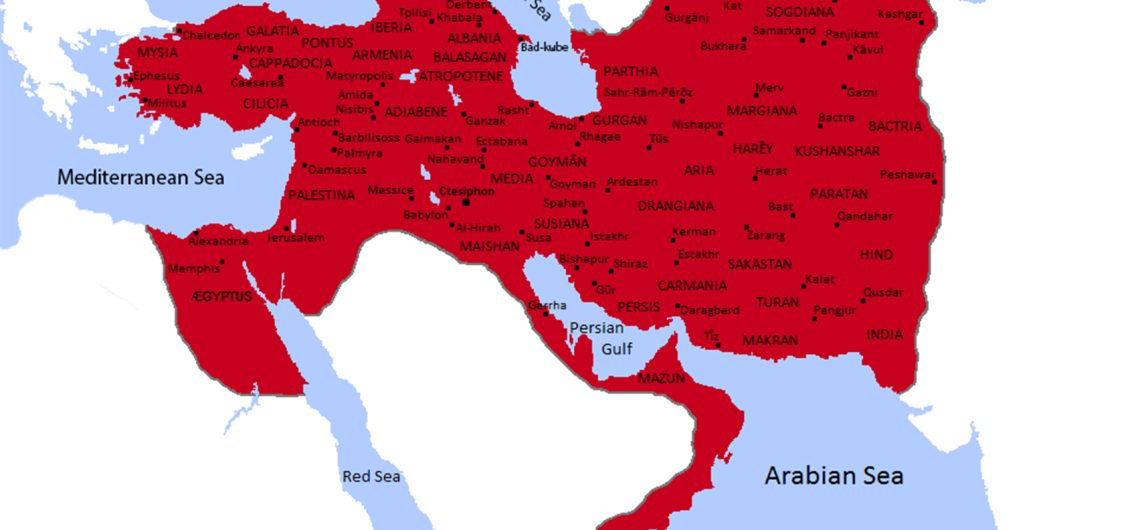
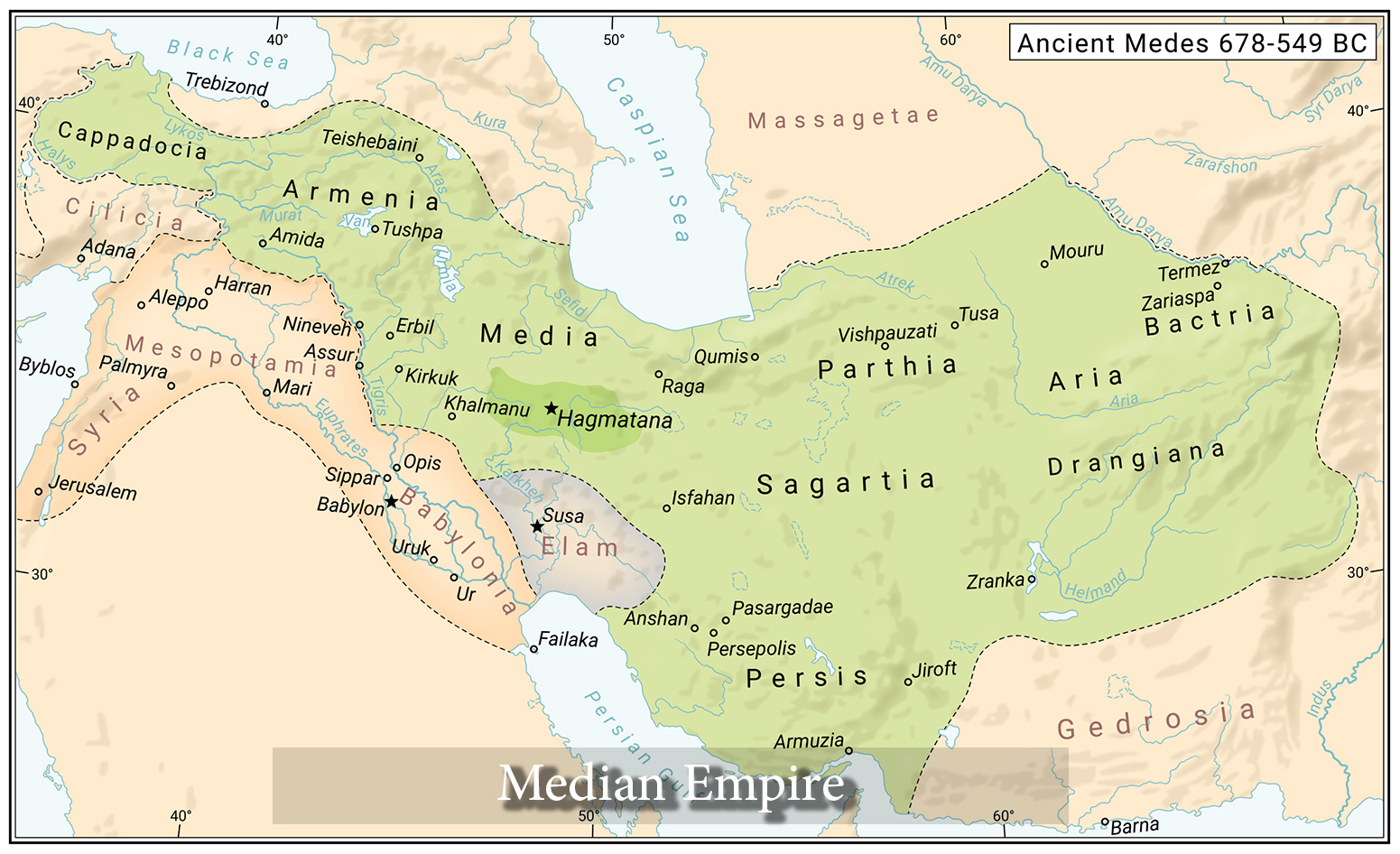
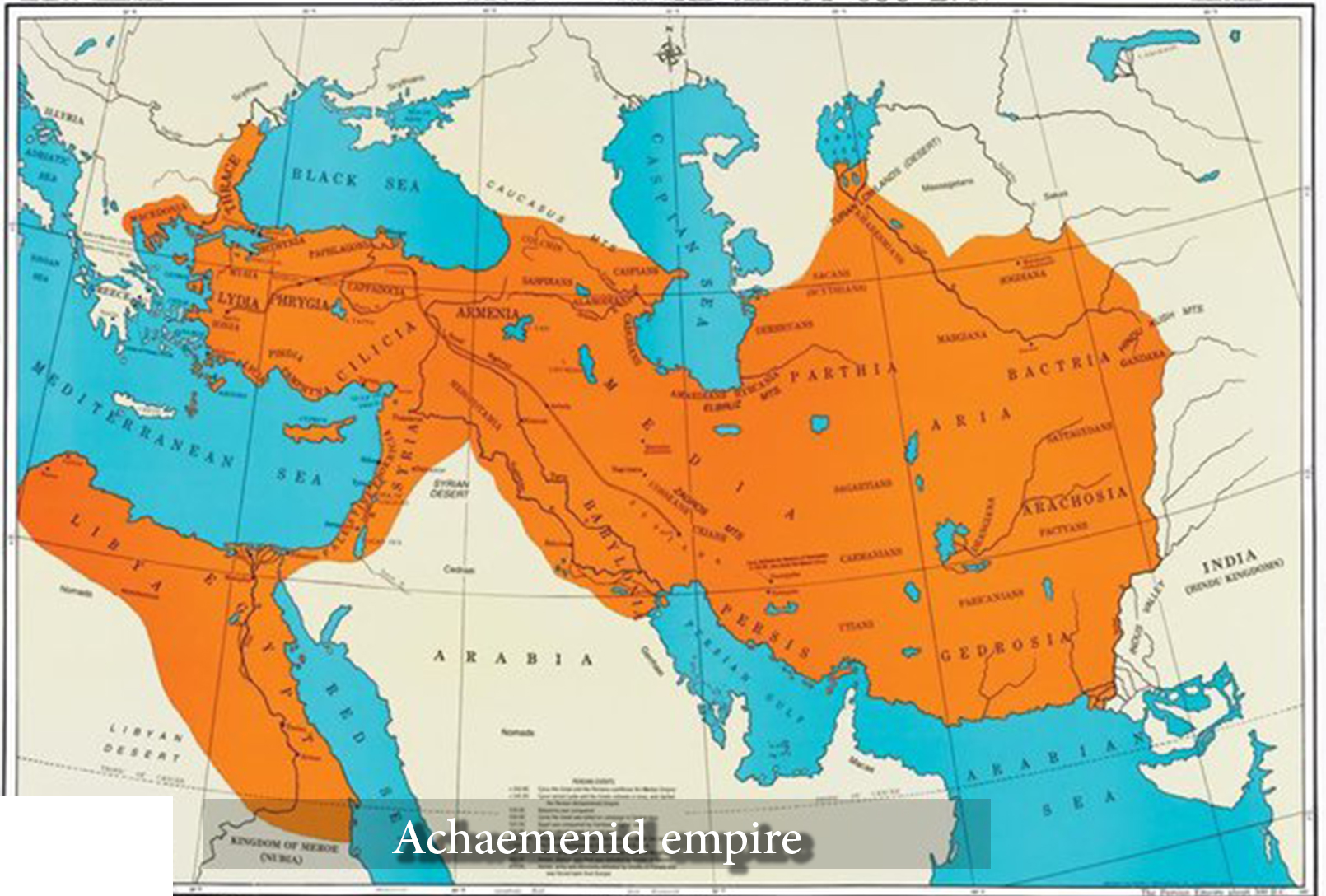
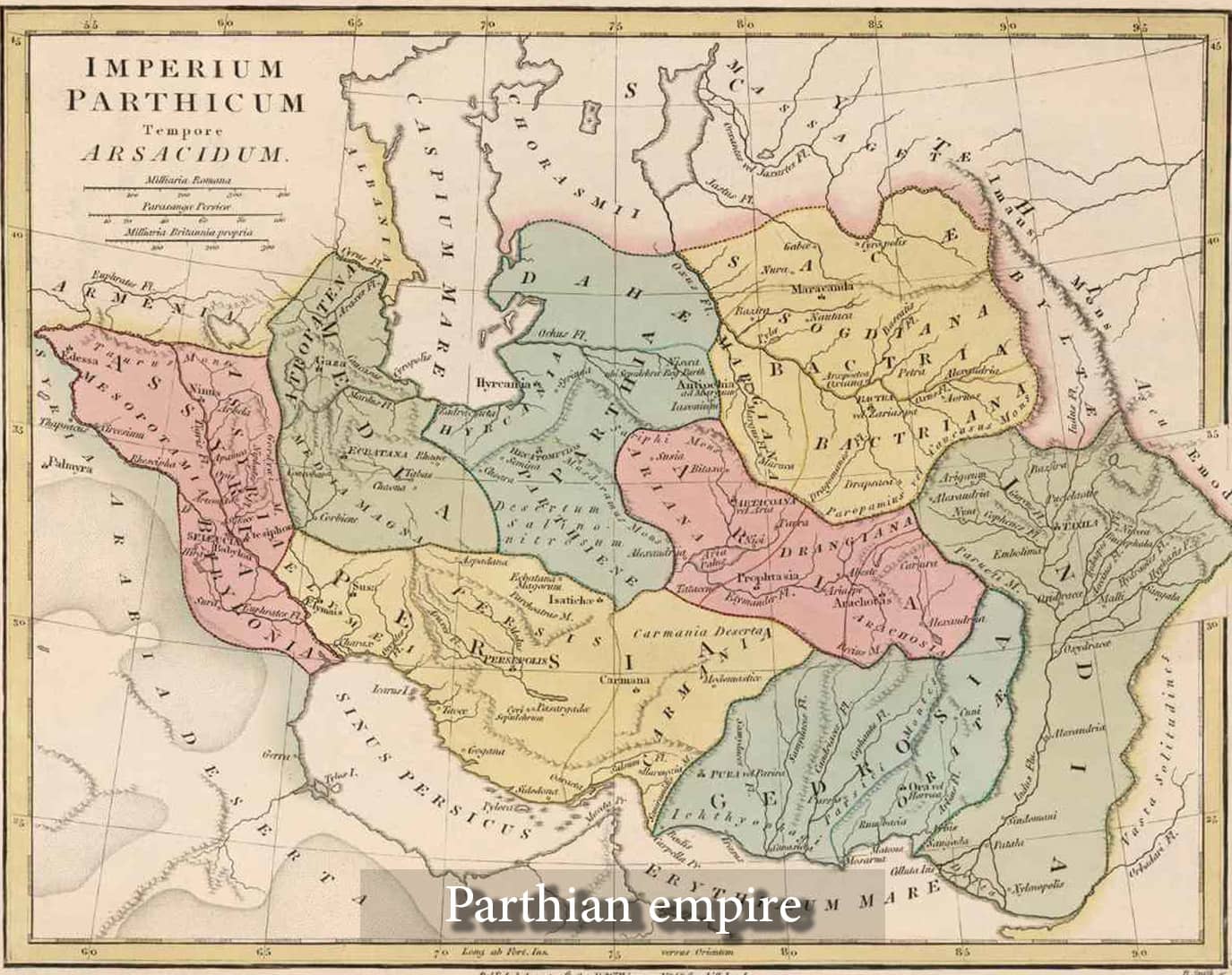
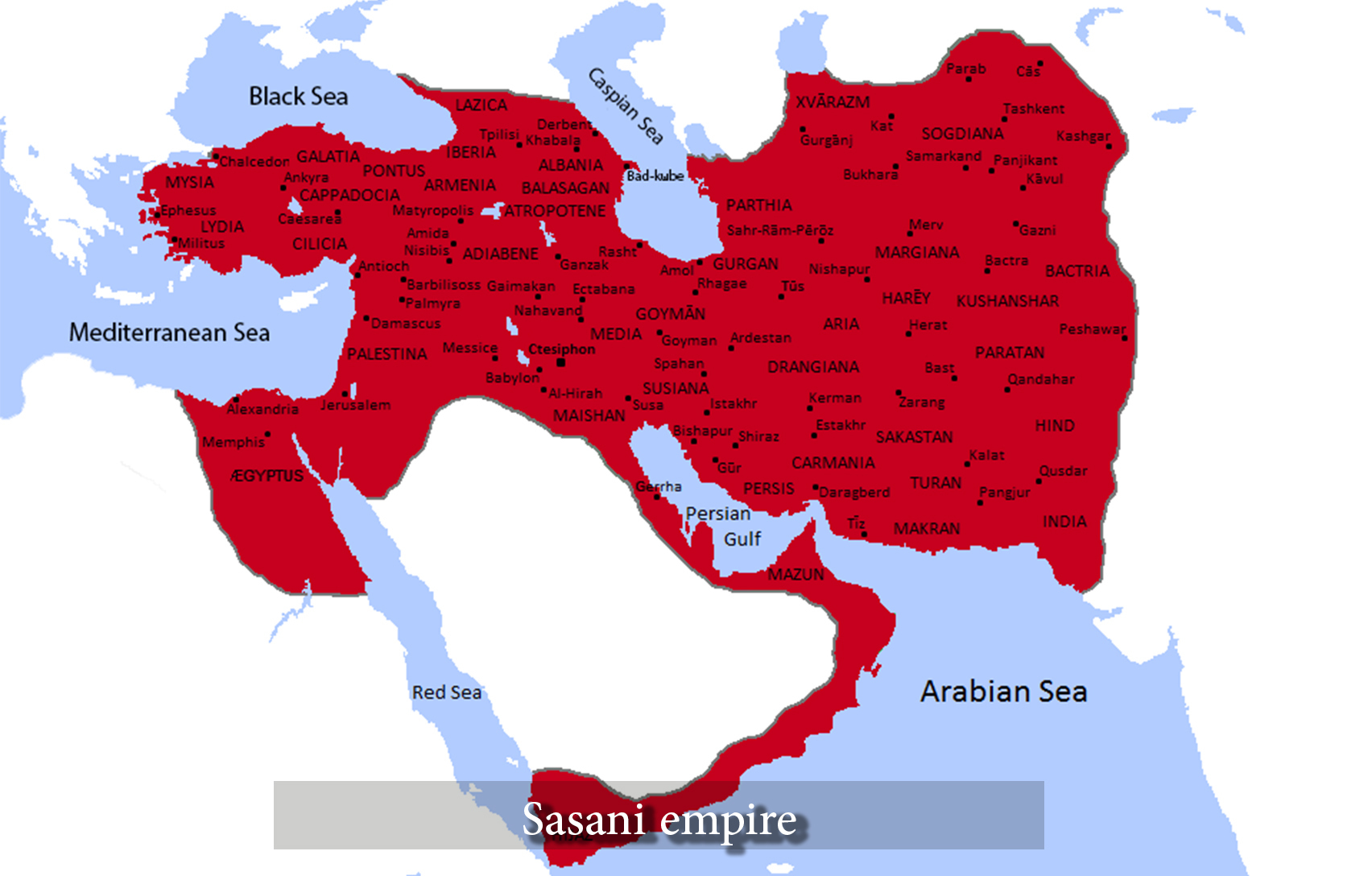
Comments